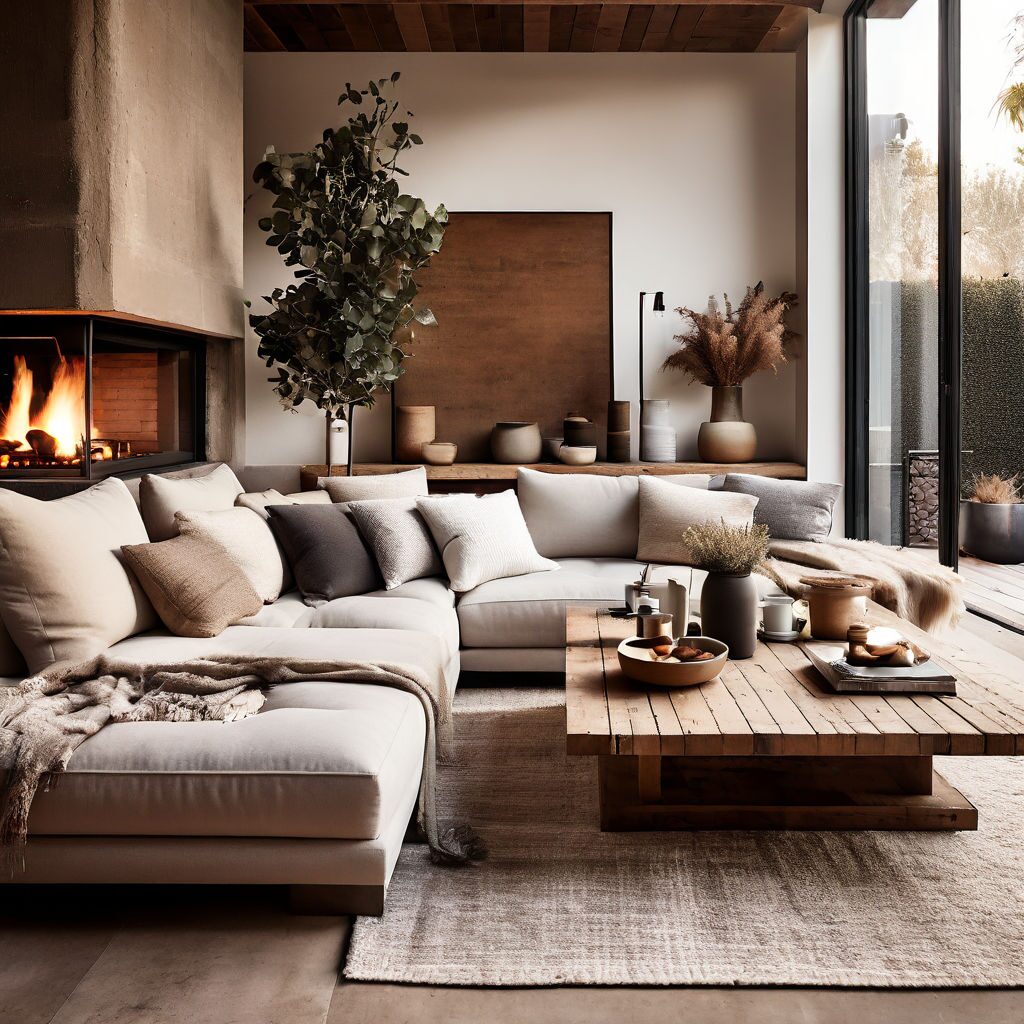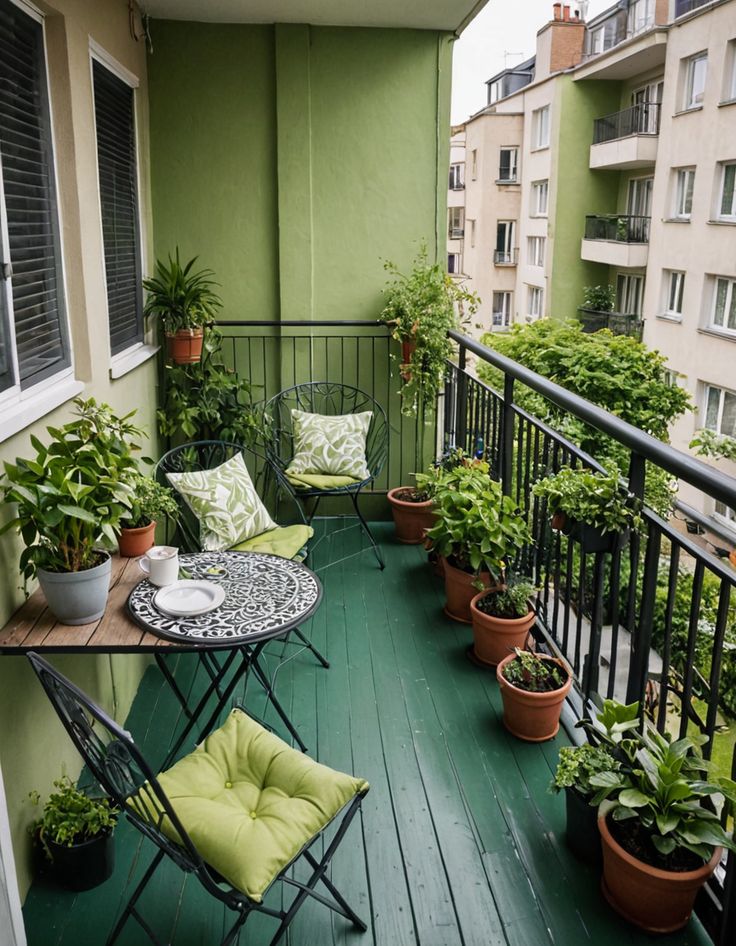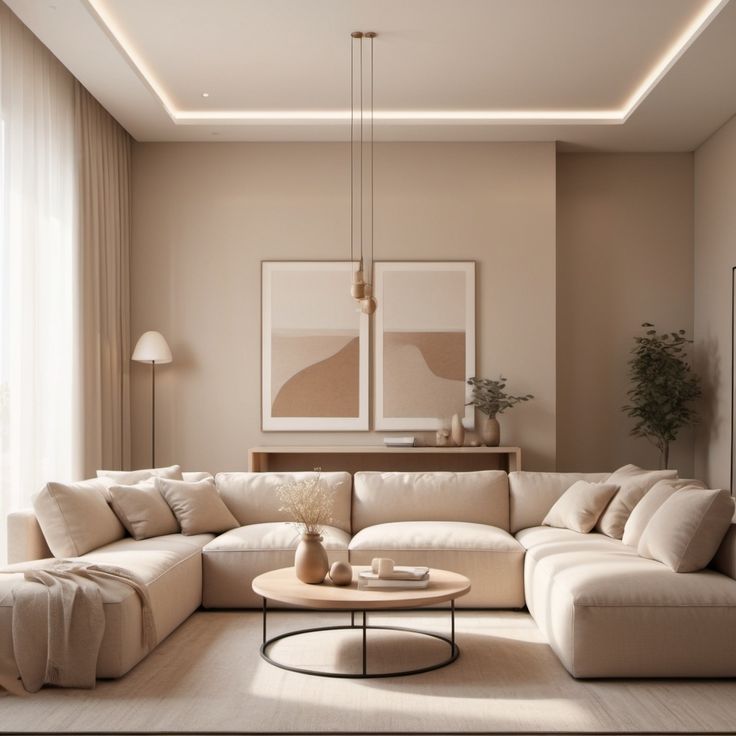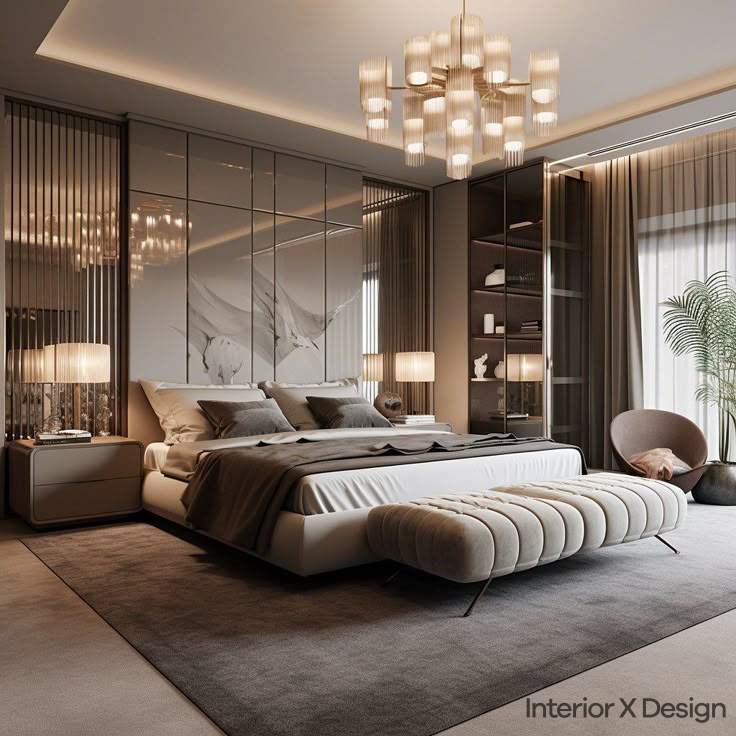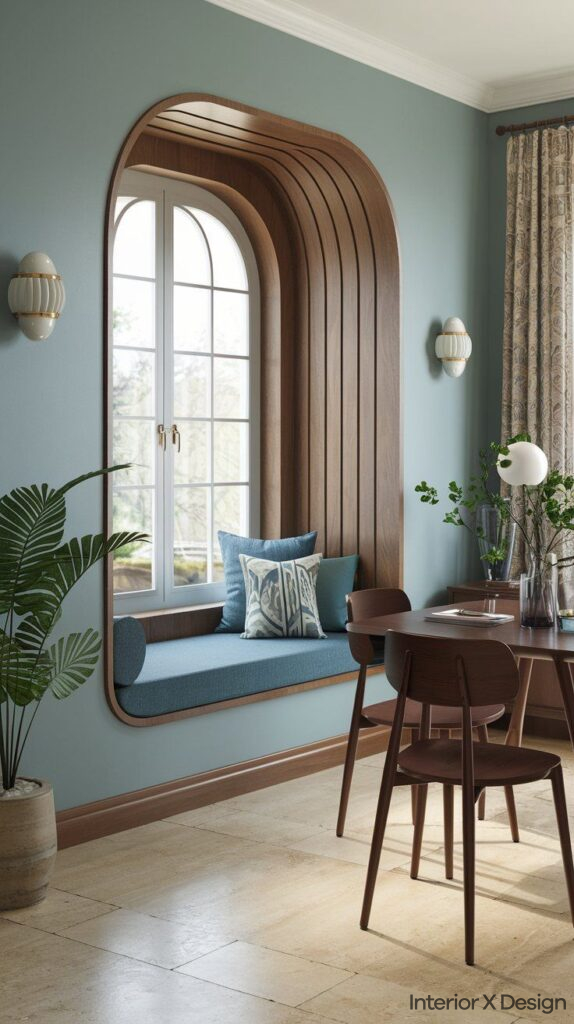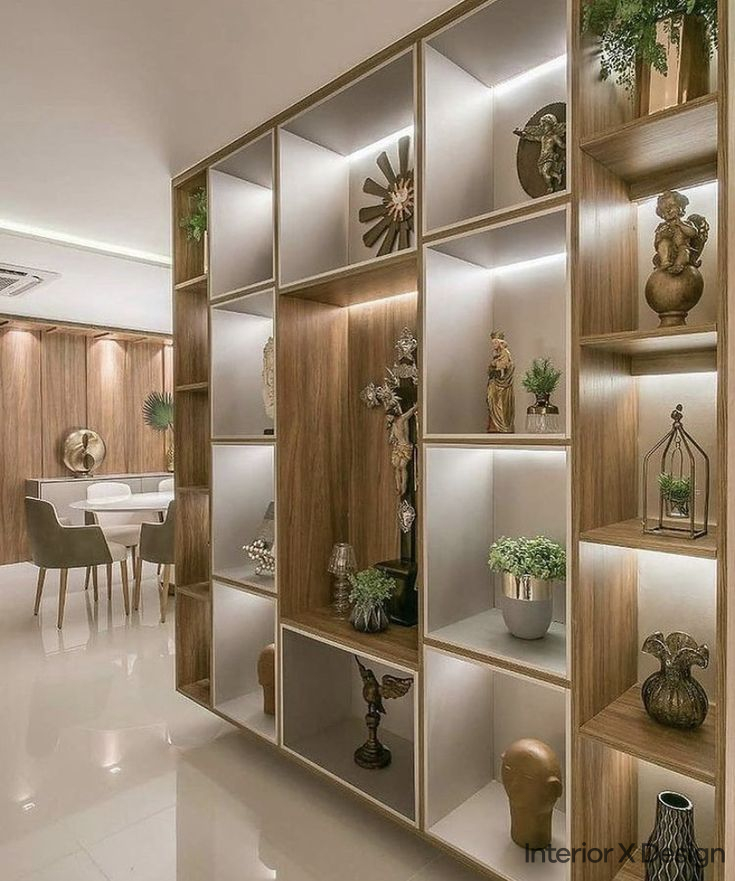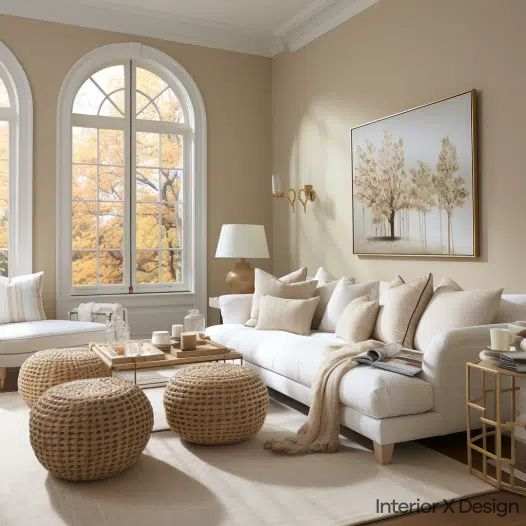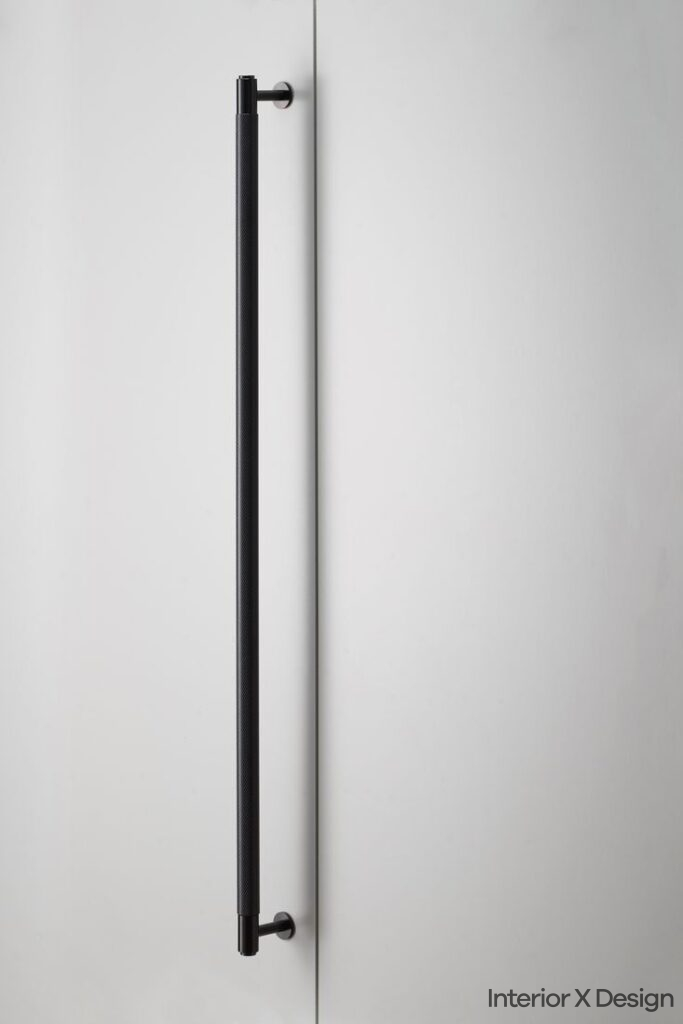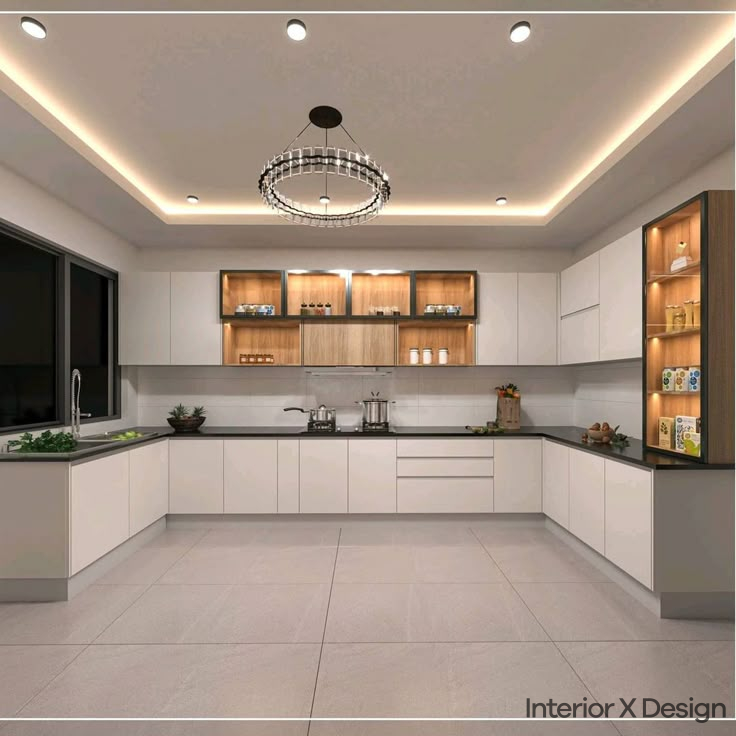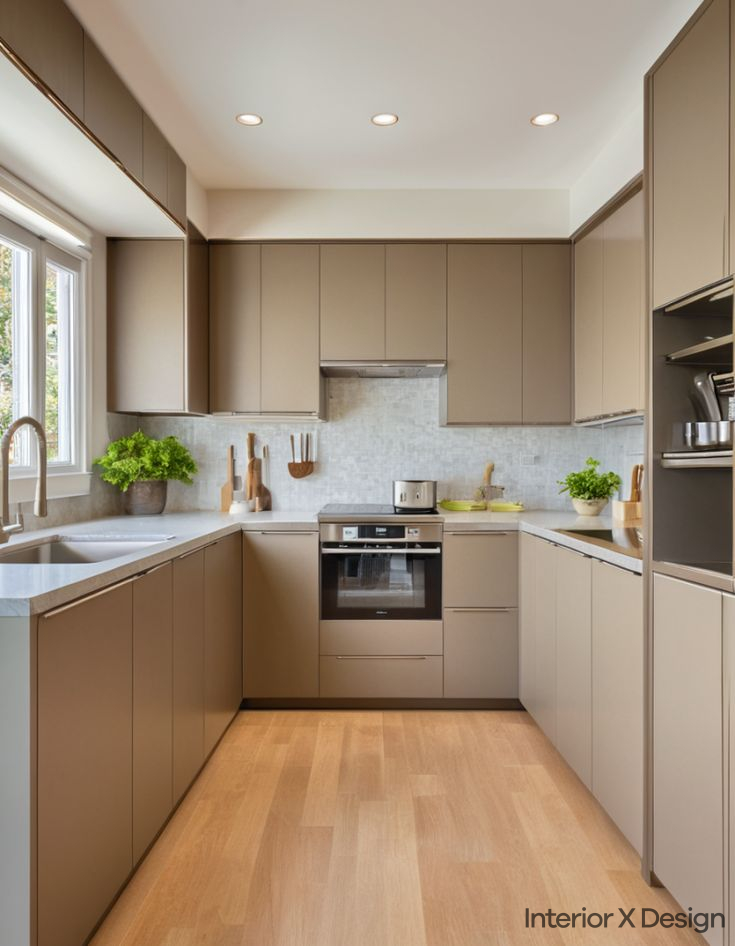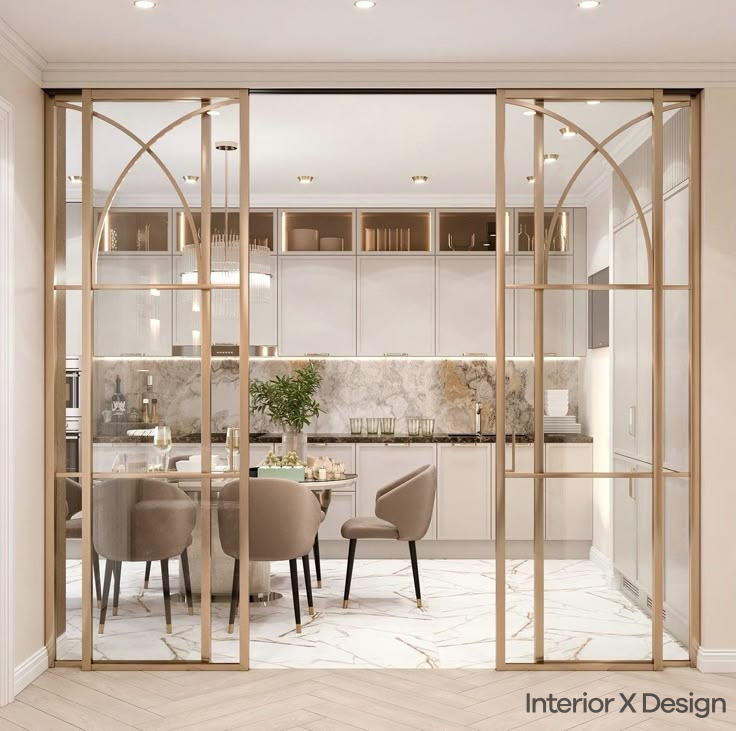Imagine stepping into a cabin nestled in the woods. Sunlight filters through the trees, casting soft patterns on wooden walls. The smell of pine fills the air, and a crackling fire invites you to settle into a cozy sofa. This idyllic scene captures the essence of rustic interior design, a style that brings the calming spirit of nature indoors.
In this blog, we’ll explore how to create rustic interiors that embody warmth, comfort, and an earthy charm. From understanding its roots to mastering its key elements, you’ll learn everything you need to design a nature-inspired retreat. Let’s begin!
What Is Rustic Interior Design?
Rustic interior design embraces raw, organic materials to create a space connected to the natural world. It’s characterized by textures like unfinished wood, stone, and handcrafted accessories. This design style thrives on imperfection—celebrating knots in wood, cracks in stone, and the unique patinas of aged materials.
Key Characteristics of Rustic Interiors
- Natural Materials: Wood, stone, leather, and iron dominate the palette.
- Earthy Colors: Warm tones such as cream, tan, brown, and terracotta create a welcoming atmosphere.
- Handcrafted Elements: Pottery, woven textiles, and metalwork add an artisanal touch.
- Cozy Atmosphere: Every detail is chosen to foster comfort and relaxation.
Rustic spaces feel grounded, authentic, and intimately tied to nature, making them ideal for anyone seeking a calming retreat.
The History of Rustic Interior Design
Rustic design has its roots in traditional cabins and mountain lodges. Early settlers used local materials like wood, stone, and animal hides out of necessity. Over time, this practical aesthetic evolved into a celebrated design style.
Timeline of Rustic Design
- Traditional Origins: Early settlers crafted homes with locally sourced materials.
- 1970s Revival: A desire to reconnect with nature popularized rustic design.
- 1990s Boom: Home improvement shows brought rustic aesthetics to mainstream audiences.
- Modern Appeal: Today, rustic interiors blend traditional elements with contemporary touches.
This enduring style reflects humanity’s timeless connection to nature and the comforts of home.
Elements of Rustic Interior Design
Rustic interiors are defined by specific elements that work together to create their signature charm.
Natural Materials
- Exposed Wood: Beams, paneling, and raw-edged furniture bring warmth and texture.
- Stone Accents: Fireplaces, walls, or flooring add durability and an organic touch.
- Metal Details: Wrought iron fixtures and hammered copper accents enhance the rugged aesthetic.
Earthy Textures
- Textiles: Wool blankets, jute rugs, and linen cushions soften the space.
- Natural Rugs: Sisal, braided, or sheepskin rugs add depth and coziness.
- Distressed Finishes: Furniture with visible grain and aged patinas amplifies the rustic vibe.
Nature-Inspired Accessories
- Collected Objects: Incorporate antlers, dried botanicals, feathers, and seashells.
- Woodland Motifs: Patterns featuring leaves, trees, or animals tie the theme together.
- Handcrafted Items: Pottery, macrame, and woven baskets lend authenticity.
How to Achieve the Rustic Look
Creating a rustic interior involves careful selection of materials, colors, and accessories.
1. Focus on Natural Structural Elements
Reveal wood beams or add reclaimed wood panels to walls. Stone fireplaces or accent walls can anchor the space and add visual interest.
2. Choose Authentic Furniture
Opt for raw-edge tables, handcrafted chairs, and vintage trunks. Salvage shops and antique stores are excellent sources for unique pieces.
3. Incorporate Textiles
Layer wool blankets, woven rugs, and linen pillows for added warmth. Use natural fibers like jute and sisal for a cohesive look.
4. Stick to an Earthy Palette
Combine muted tones like sage green, terracotta, and foggy gray. These colors complement the natural materials and textures of rustic design.
5. Integrate Nature-Inspired Decor
Decorate with dried flowers, pinecones, and collected stones. Group these elements in clusters for a curated look.
6. Add Warm Lighting
Install wrought iron chandeliers or lantern-style fixtures. Use Edison bulbs or candles for soft, ambient light.
7. Create Cozy Vignettes
Arrange small displays of books, pottery, and greenery. These vignettes make the space feel personal and inviting.
Best Practices for Rustic Interiors
When designing your rustic retreat, keep these tips in mind:
- Prioritize Authenticity: Use real materials wherever possible.
- Avoid Overcrowding: Limit accessories to avoid a cluttered appearance.
- Balance Textures: Pair rugged elements with softer, lighter details.
- Incorporate Greenery: Add plants or dried arrangements to soften the look.
- Embrace Imperfections: Celebrate the natural variations in your materials.
Modern Rustic Design: A Contemporary Twist
Modern rustic design blends traditional elements with clean, contemporary lines. This style maintains the warmth of rustic interiors while introducing modern simplicity.
Key Features
- Simplified Decor: Fewer accessories and a more minimal approach.
- Mixed Materials: Combine raw wood with polished concrete or sleek metal.
- Neutral Palette: Emphasize shades of white, gray, and black for contrast.
Modern rustic spaces feel fresh yet grounded, offering the best of both worlds.
Bringing Rustic Design to Different Spaces
Living Room
- Add a reclaimed wood coffee table and a stone fireplace.
- Use oversized armchairs with wool or linen upholstery.
Bedroom
- Incorporate a wooden bed frame with a quilted comforter.
- Use woven baskets for storage and rustic sconces for lighting.
Kitchen
- Install open wood shelving and a farmhouse sink.
- Use hammered copper pots and wrought iron cabinet hardware.
Bathroom
- Feature a clawfoot bathtub and stone or tile accents.
- Use warm lighting and woven baskets for a spa-like feel.
Conclusion
Rustic interior design creates a cozy, nature-inspired retreat that’s perfect for unwinding and reconnecting with the simpler things in life. By incorporating natural materials, earthy colors, and handcrafted elements, you can transform any space into a warm and inviting haven. Whether you lean toward traditional or modern rustic styles, the key is to celebrate the beauty of imperfection and the tranquility of nature.
Start curating your rustic dream today and enjoy the timeless charm of this enduring design style.

